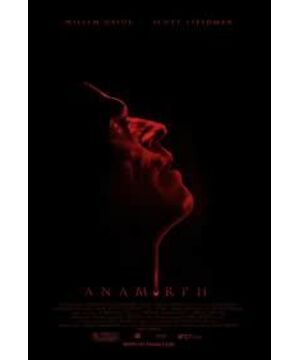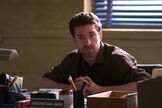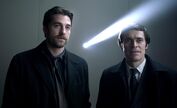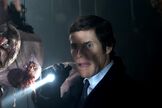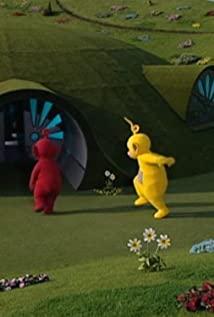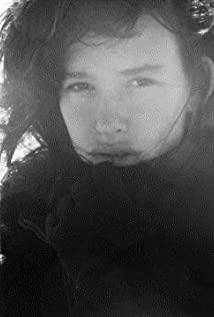Comments from the distorted paintings of the
old demon of Montenegro This is the first time to write a film review, because I feel that the central idea expressed by the film is not seen by everyone.
STAN is the killer of all murders.
STAN is a schizophrenic with triple personalities:
A: Justice police officer
B: Murder artist (and sponsor of the last girl who died)
C: AB appeared at the same time
5 years ago B directed the "Uncle" case, of course A didn't know The inside story, I only know that I have an unspeakable illness, so in the film it is repeatedly emphasized that A has secretly used drugs many times. (Liquid from a glass bottle)
The following is the evidence in the film that STAN B is the murderer:
The first deceased after 5 years is A's neighbor.
A deliberately photographed things in the shape of a piece of art when buying things at the supermarket at checkout (actually, what everyone saw at this time was B) B saw a police car parked downstairs when he got home, and changed from B to A go to the case.
A found that he was being followed by others on the street, (actually STAN at this time was C) A and B appeared on STAN at the same time,
followed by A chasing B, and finally entered the dark factory, A took out his gun, and found that there was only A himself in the factory one person.
A found that someone had entered his home, overheard his previous recordings, and asked the neighbors about the situation. The neighbors said: No one else was found except yourself. (Actually the person who overheard the recording was himself, namely B)
In the film, it was mentioned many times that chairs appeared in multiple places, and finally at the scene where the girl died, STAN died on his chair again because B always held the chair put it elsewhere, while A always puts the chair back in his home. The original board of the first painting also painted A's own chair, which is also a hint that the painting was painted by STAN himself.
In the fourth episode, B committed the crime again. Instead of killing people, she used a female model. What everyone should pay attention to here is the chair the female model is sitting on.
When STAN was in the restaurant, his colleague ordered the "Florentine Egg Pie" that STAN didn't want, but the waiter said he ordered this every time. (Because STAN at this time is another person's personality)
STAN colleagues have long suspected STAN, and finally understand in the painting and the water glass, positive and negative are two into one, the meaning of the painting itself is that the same thing has positive and negative On the contrary, it implies that STAN is a schizophrenic.
The above points are just a few clips that clearly express STAN's schizophrenia. Please experience most of the other places. At the end of the film, the center is pointed out. STAN's triple personality died at the same time in the pain and struggle.
I give this film a 9.2.
PS:
In addition, there are other evidences: for example, when C called him later, he saw a reproduction of the scene at that time and fell into memory, and that perspective was exactly A's perspective. So I even suspected that the murderer was among those officers. For another example, he brought the first painting home at the time, apparently trying to hide evidence.
The loneliness unique to the noble soul, its contradiction with the secular life and the transcendence of oneself to death are probably the themes of this film. This theme is very meaningful, perhaps it is the director's confession as an artist. Consistent with Western religious traditions, the director believes that changing the limited perspective of the individual as a subject to achieve true transcendence can only be achieved through the end of natural life.
The film itself is a distorted picture.
View more about Anamorph reviews


